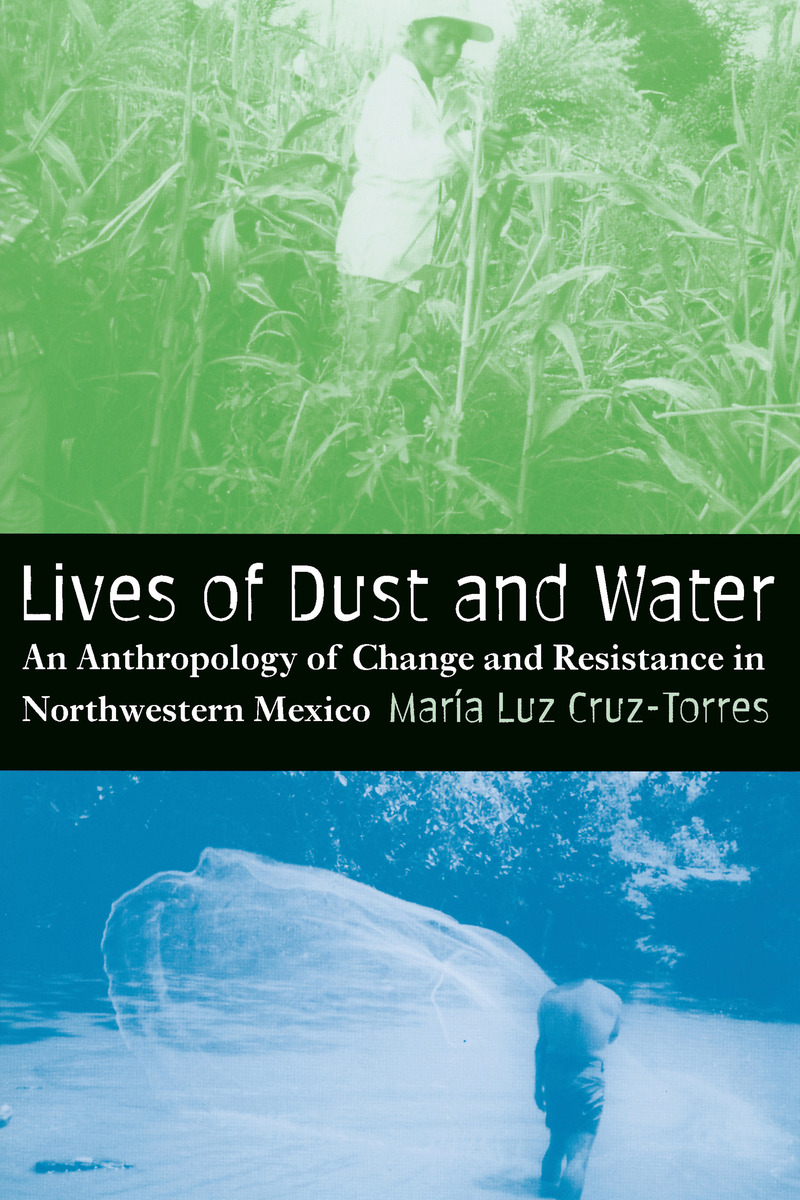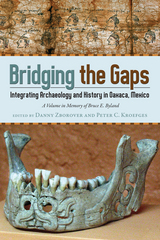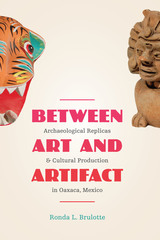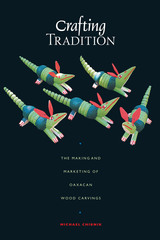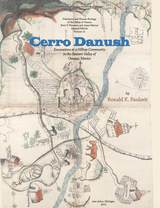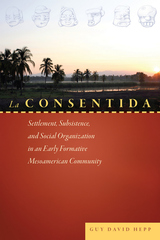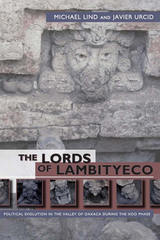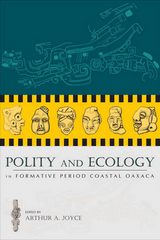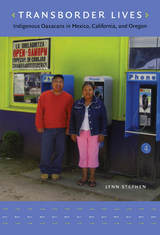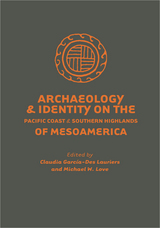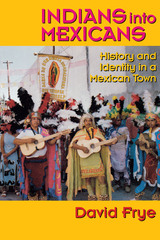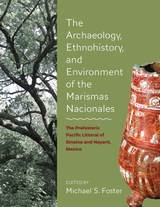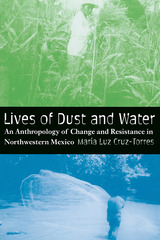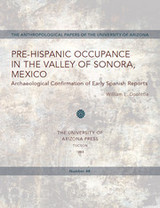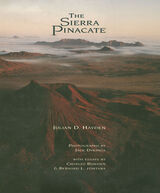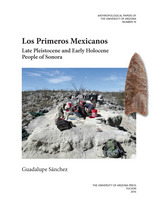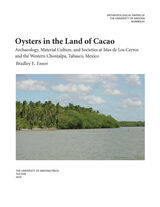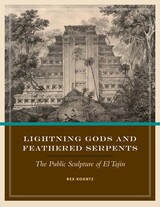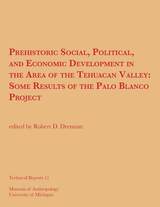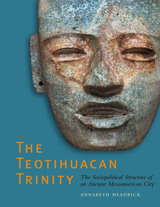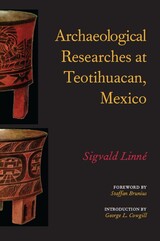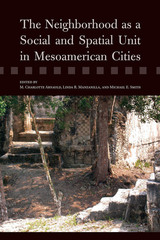Lives of Dust and Water: An Anthropology of Change and Resistance in Northwestern Mexico
University of Arizona Press, 2004
Cloth: 978-0-8165-2388-7 | Paper: 978-0-8165-2747-2 | eISBN: 978-0-8165-4780-7
Library of Congress Classification F1219.1.S56C78 2004
Dewey Decimal Classification 305.89707232
Cloth: 978-0-8165-2388-7 | Paper: 978-0-8165-2747-2 | eISBN: 978-0-8165-4780-7
Library of Congress Classification F1219.1.S56C78 2004
Dewey Decimal Classification 305.89707232
ABOUT THIS BOOK | AUTHOR BIOGRAPHY | TOC
ABOUT THIS BOOK
Along the coast of northwestern Mexico, "pink gold" may mean wealth for some, but the new global economy has imposed terrible burdens on many sectors of the population. State and regional economic development policies have supported the use of natural resources for commercial export, resulting in the rapid growth of agriculture and shrimp aquaculture. Environmental pressures have contributed to the degradation of marine ecosystems, and once self-reliant rural populations have been driven to wage and subsistence labor in order to survive. This book eloquently explains how contemporary rural communities in southern Sinaloa have responded to economic and ecological changes affecting the entire nation.
A political ecology of human survival in one of the most important ecological regions of Mexico, it describes how these communities contest environmental degradation and economic impoverishment arising from political and economic forces beyond their control. María Luz Cruz-Torres evokes the rich and varied experiences of the people who live in the villages of Celaya and El Cerro, showing how they invent and utilize their own social capital to emerge as whole persons in the face of globalization. She traces the histories of the two villages to illustrate the complex variation involved in community formation and to show how people respond to and utilize Mexican law and reform. Surrounded by limited resources, poverty, illness, sudden death, and daily oppression, these men and women create innovative social and cultural forms that mitigate these impacts.
Cruz-Torres reveals not only how they manage to survive in the midst of horrendous circumstances but also how they transcend those impediments with dignity. She details the participation of household members in the subsistence, formal, and informal sectors of the economy, and how women use a variety of resources to guarantee their families’ survival. A sometimes tragic but ultimately vibrant story of human resistance, Lives of Dust and Water offers an important look at a little-studied but dynamically developing region of Mexico. It contributes to a more precise understanding of how rural coastal communities in Mexico emerged and continue to develop and adjust to the uncertainties of the globalizing world.
A political ecology of human survival in one of the most important ecological regions of Mexico, it describes how these communities contest environmental degradation and economic impoverishment arising from political and economic forces beyond their control. María Luz Cruz-Torres evokes the rich and varied experiences of the people who live in the villages of Celaya and El Cerro, showing how they invent and utilize their own social capital to emerge as whole persons in the face of globalization. She traces the histories of the two villages to illustrate the complex variation involved in community formation and to show how people respond to and utilize Mexican law and reform. Surrounded by limited resources, poverty, illness, sudden death, and daily oppression, these men and women create innovative social and cultural forms that mitigate these impacts.
Cruz-Torres reveals not only how they manage to survive in the midst of horrendous circumstances but also how they transcend those impediments with dignity. She details the participation of household members in the subsistence, formal, and informal sectors of the economy, and how women use a variety of resources to guarantee their families’ survival. A sometimes tragic but ultimately vibrant story of human resistance, Lives of Dust and Water offers an important look at a little-studied but dynamically developing region of Mexico. It contributes to a more precise understanding of how rural coastal communities in Mexico emerged and continue to develop and adjust to the uncertainties of the globalizing world.
See other books on: Lives | Rural conditions | Rural development | Rural poor | Water
See other titles from University of Arizona Press
